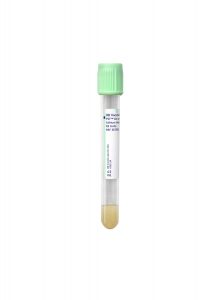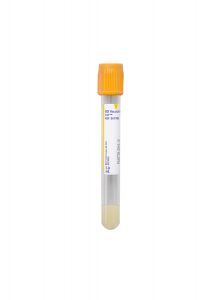Clinical Updates
New Test: Clozapine (CLOZA)
Therapeutic drug monitoring for clozapine will be offered as an in-house test starting Tuesday, May 23, 2023.
The current send-out test, Clozapine and Metabolites, Serum or Plasma, Quantitative (CLOZSP), currently sent out to ARUP Laboratories, will be discontinued on June 20, 2023.
Clozapine (CLOZA)
New Test – CLOZA
Specimen Type
Red Serum Tube (No Additive)
Methodology
Turbidimetric immunoassay
Result Components
Clozapine
Days Performed
Monday – Saturday
Turnaround Time
1-4 days
Sendout Test – CLOZSP
Specimen Type
Red Serum Tube (No Additive) or Lavender K2EDTA Tube
Methodology
Liquid chromatography-tandem mass spectrometry
Result Components
Clozapine
Norclozapine
Clozapine-N-Oxide
Days Performed
Sunday – Saturday
Turnaround Time
2-4 days


